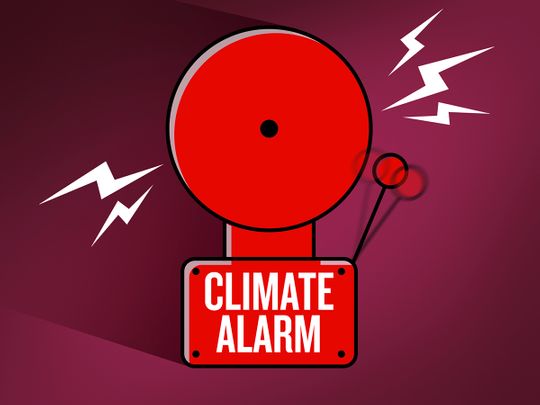
In 2015, 196 countries signed the Paris Agreement with the aim of limiting global warming to well below 2, preferably to 1.5°C, compared to pre-industrial levels.
People who waited in anticipation for that moment widely celebrated it as a historic win in the fight against climate change and genuinely believed that the climate crisis has finally been averted. But has it?
Eight years into the agreement and greenhouse gases (GHGs) are still rising with no signs of peaking in the near future. As it stands today, latest data from the UN indicates that the world is on track for a temperature rise between 2.4 — 2.6°C by the end of this century.
The Executive Secretary of the United Nations Climate Change Secretariat, Simon Stiell, described the situation best when he said: “We are still nowhere near the scale and pace of emission reductions required to put us on track toward a 1.5°C world.”
So, where has the Paris Agreement gone wrong? Well, few things should have been done differently for it to be an effective instrument that can give us a climate-safe future.
The stipulations in the agreement aren’t strict enough to prevent, or even slow down, the progressing climate change. Its lack of enforcement mechanisms considerably undermines its effectiveness.
We have all seen how the United States, the second-largest global emitter, was about to walk out of the Paris Agreement with not as much as a figurative slap on the wrist — something that would have been a major blow to collective climate efforts and maybe encouraged other countries to follow suit.
Focus on greenhouse gases
Countries that have ratified the Paris Agreement know that they can continue polluting and emitting GHGs at alarming rates without being held accountable in any way.
Moreover, the Paris Agreement has grown increasingly overfocused on CO2, while it should concentrate on all GHGs.
It is primarily based on reaching carbon neutrality by 2050, overlooking more potent gases, such as hydrofluorocarbons (HFCs), some of which are 4,000 times more potent as greenhouse gases than carbon dioxide, and their use is still increasing annually by 10%.
In just few months, we will know exactly how successful — or unsuccessful — the Paris Agreement has been in achieving its goals. The first global stocktake, a two-year long process that aims to assess the world’s collective progress towards achieving the purpose of the agreement, will conclude by the end of 2023.
I don’t want to be pessimistic, but I don’t have high hopes. In 2021, the Nationally Determined Contribution (NDC) Synthesis Report confirmed that the world is still far off the trajectory of stabilising global temperature rise at 1.5°C.
The report shows the available NDCs of all parties taken together will result in a sizeable increase of about 16% in global greenhouse emissions in 2030, compared to 2010. Such an increase, unless changed quickly, may lead to a temperature rise of about 2.7°C by the end of the century — clearly missing the target set by the Paris Agreement.
Global stocktake in Dubai
The results of the global stocktake will be presented and discussed at the 28th UN Climate Change Conference (COP28), set to take place in the UAE between November 30 and Dec. 12, 2023.
For the sake of all mankind as well as all other creatures living on Earth, I sincerely urge policymakers to take the results of the global stocktake seriously and use them to make better informed decisions to raise the scale and pace of their climate commitments.
We are at a crossroad. The decisions made today will put us on either a path for destruction or one for prosperity.
The Paris Agreement may not be the powerful tool we were hoping it would be in the face of the existential threat of climate change, but it is our sense of responsibility towards future generations that should be our compass and our biggest motivation to change our course and act now.
— Dr Abdullah Belhaif Al Nuaimi is a former UAE minister of Infrastructure Development and for Climate Change and Environment.








